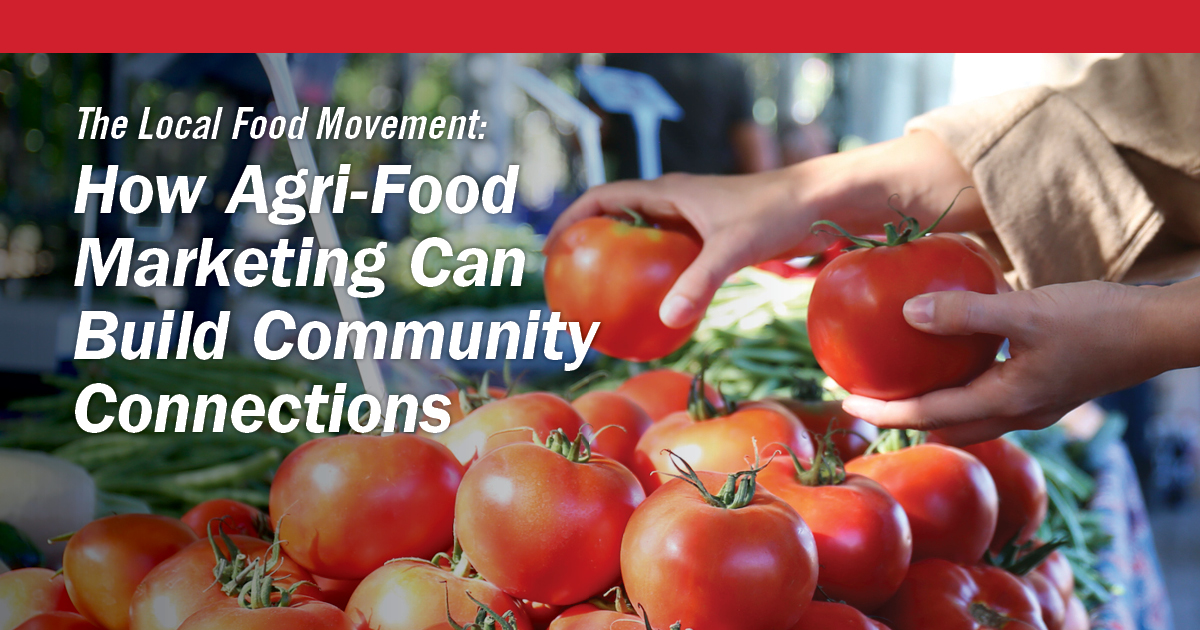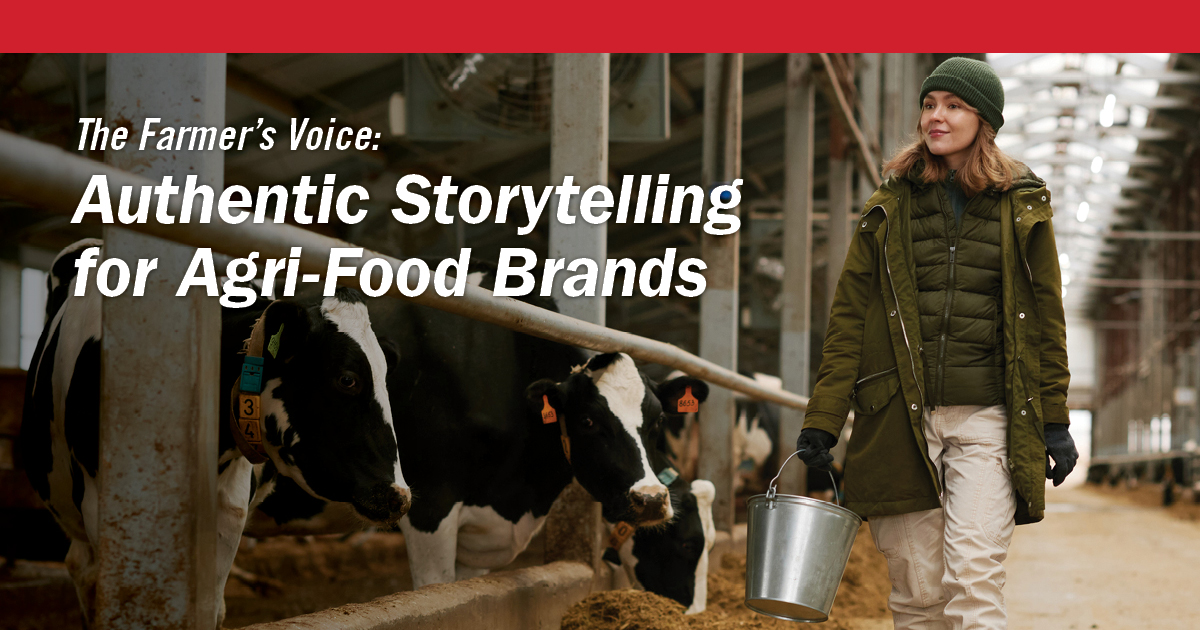In recent years, farm-to-table dining experiences have surged in popularity, offering consumers not only fresh, high-quality ingredients but also a deeper connection to the food they eat. This trend is not just about what’s on the plate; it’s also about the story behind the meal-the journey from farm to fork.
Farm-to-table dining represents a collaborative effort between local producers and restaurants, where each party plays a crucial role in bringing this culinary experience to life. Let’s explore how this collaboration works and why it’s become such a powerful marketing tool for both farmers and restaurateurs.
The Rise of Farm-to-Table Dining
Farm-to-table dining has emerged as a response to growing consumer demand for transparency and sustainability in the food industry. With concerns about the environmental impact of large-scale agriculture and the desire to support local economies, diners are seeking out restaurants that prioritize what is seen as more environmentally sustainable, locally sourced ingredients.
This movement aligns with broader trends in the food industry, such as the emphasis on organic and artisanal products, as well as the desire for unique culinary experiences. Farm-to-table dining allows consumers to feel more connected to their food by knowing where it comes from and how it’s produced.
The Role of Producers
At the heart of the farm-to-table movement are the farmers and producers who cultivate the ingredients used in these dining experiences. These individuals and businesses play a vital role in ensuring the quality and integrity of the food served in restaurants.
For producers, collaborating with restaurants offers an opportunity to showcase their products to a wider audience and build relationships with chefs and consumers. By supplying fresh, seasonal ingredients directly to restaurants, producers can highlight the unique flavours and characteristics of their offerings.
The Role of Restaurants
Restaurants that embrace the farm-to-table philosophy differentiate themselves in a crowded market by prioritizing local sourcing and seasonal menus. Chefs who champion this approach often develop close relationships with farmers and producers, visiting farms to handpick ingredients and learning about sustainable farming practices.
By prominently featuring locally sourced ingredients on their menus, restaurants can attract diners who value freshness, flavour, differentiation while supporting local businesses. Farm-to-table dining experiences become not just meals but also stories, with each dish telling a tale of the land and the people who cultivate it.
Collaborative Marketing Strategies
In Canada, we’ve seen some large public trust initiatives leverage these relationships. Successful farm-to-table dining experiences rely on effective collaboration between producers and restaurants, both in the kitchen and in their marketing efforts. Here are some strategies that producers and restaurateurs can use to promote their partnership and attract customers:
- Storytelling: Share the story behind the ingredients, highlighting the farmers and producers who contribute to the meal. Use social media, website blogs, and in-house signage to convey the narrative of the farm-to-table journey.
- Collaborative Events: Host events that bring together farmers, chefs, and diners to celebrate local food and community. This could include farm tours, cooking demonstrations, or special tasting menus featuring seasonal ingredients.
- Cross-Promotion: Partner with local food festivals, farmers’ markets, and culinary events to showcase your joint efforts. Cross-promotional opportunities enable producers and restaurants to reach new audiences, reinforcing their commitment to local sourcing.
- Educational Initiatives: Offer workshops or classes that educate consumers about the benefits of farm-to-table dining and the importance of supporting local agriculture. By sharing knowledge and fostering a deeper understanding of food origins, you can cultivate a loyal customer base.
Farm-to-table dining experiences represent a symbiotic relationship between producers and restaurants, where each party contributes to the creation of memorable meals rooted in local flavour, storytelling and community support. By collaborating effectively and leveraging storytelling and community engagement, farmers and restaurateurs can showcase the best of what their region has to offer and inspire customers to embrace a more informed approach to food consumption.
Get in touch to talk about how we can help you launch this collaborative marketing experience.
By: Robert Mensies





